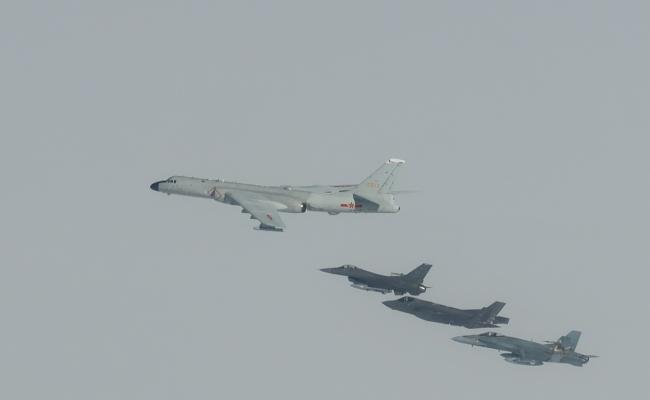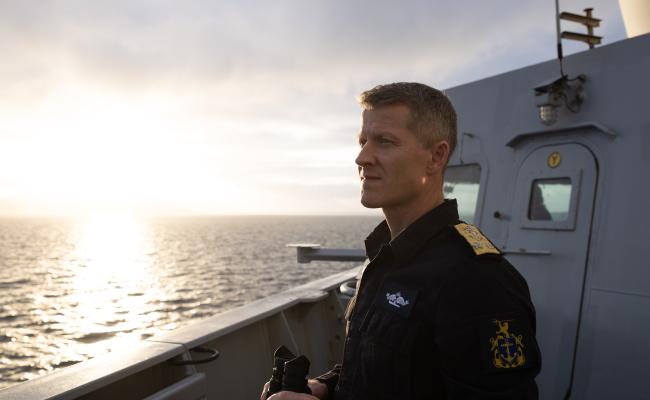The Russian Northern Fleet on This Year's Arctic Voyage

The destroyer Vice-Admiral Kulakov during the Northern Fleet's Arctic voyage last fall. (Photo: the Russian Ministry of Defense)
On Monday, a group of naval vessels headed out for the Northern Fleet's annual long voyage in the Arctic Ocean. Their primary mission is to defend Russia's communications at sea and maritime economic activities in the Arctic. The marine force will also exercise with anti-submarine aircraft and coastal-based missile forces.
For the thirteenth year in a row, the Northern Fleet has embarked on a two-month-long operation in Arctic waters. That is reported by the Russian state-owned news agency TASS.
The deployed marine vessels include the destroyer Vice-Admiral Kulakov, the large landing ship Alexander Otrakovsky, the tug and rescue vessel Altaj, and the tanker Sergey Osipov. These also conducted last year's Arctic voyage.
"The plan for the voyage includes combat exercises with rocket artillery and landing of marine forces on coasts without infrastructure. However, the main task for the fleet is to defend our state's communications at sea and maritime economic activities in the Arctic zone," says the ship group's commander, Captain Stanislav Varik.
"There are also plans to practice interaction with long-range anti-submarine aircraft and coastal-based missile forces. In total, about 20 tactical exercises are planned," he adds.
The overarching framework for the voyage is the same as that of previous years: Its purpose is to ensure safe maritime navigation and economic operations, as well as protect Russian islands and continental territories in the Arctic, according to the Russian Ministry of Defense.
In the wake of a large exercise
TASS also reports that the start of the Arctic voyage comes shortly after the Northern Fleet's participation in a large-scale national naval exercise.
At the end of July, under the command of Commander-in-Chief Admiral Alexander Moiseyev, the Northern Fleet, the Baltic Fleet, the Pacific Fleet, and the Caspian Flotilla exercised in their respective areas of responsibility.
The joint exercise reportedly tested the Navy's chain of command and the combat units' readiness to carry out assigned missions.
In total, the activity is said to have involved around 300 surface vessels, submarines and support vessels, about 50 aircraft, and over 20,000 soldiers and civilian personnel.
In the Barents Sea, the exercise involved the Northern Fleet missile cruiser Marshal Ustinov, attack submarines, the minesweepers Kolomna and Solovetsky Yunga, and the smaller anti-submarine ships Brest and Snezjnogorsk.






